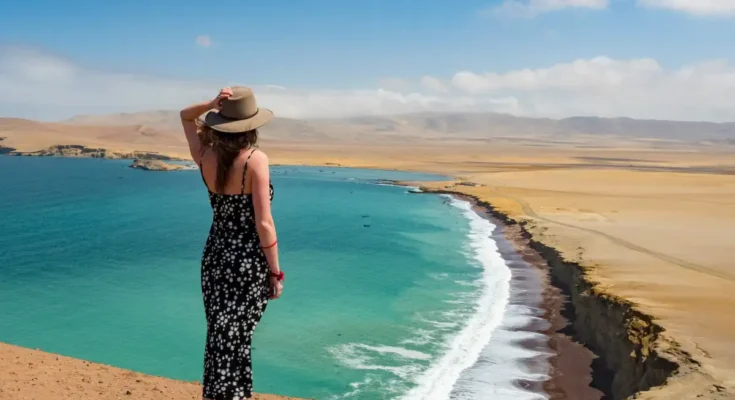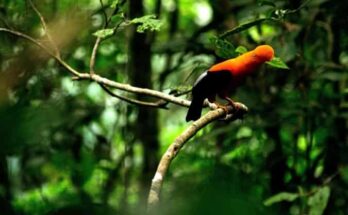Nestled along the rugged coastline of southern Peru, the Paracas National Reserve stands as a testament to the breathtaking beauty and ecological diversity of the country’s coastal desert landscapes. From its dramatic cliffs and windswept beaches to its rich marine life and ancient archaeological sites, Paracas offers travelers a wealth of natural wonders and cultural treasures to explore. In this complete travel guide, we’ll delve into the highlights of the Paracas National Reserve and provide all the essential information for planning an unforgettable journey to this remarkable destination.
Location and Geography:
Situated on the Paracas Peninsula, approximately 260 kilometers (160 miles) south of Lima, the Paracas National Reserve encompasses over 335,000 hectares (827,000 acres) of protected coastal desert, islands, and marine ecosystems. The reserve is renowned for its starkly beautiful landscapes, including towering cliffs, windswept dunes, and pristine beaches lapped by the turquoise waters of the Pacific Ocean.
Wildlife and Biodiversity:
Paracas is a haven for wildlife enthusiasts, offering opportunities to observe a wide variety of marine and bird species in their natural habitats. The reserve is home to colonies of sea lions and fur seals, as well as numerous seabirds such as pelicans, boobies, and cormorants. Offshore, the nutrient-rich waters support diverse marine life, including dolphins, whales, and a myriad of fish species.
Activities and Attractions:
- Boat Tours: One of the best ways to explore the reserve is by taking a boat tour around the Ballestas Islands, often referred to as the “Galapagos of Peru.” These rocky islands are home to vast colonies of seabirds and offer opportunities to spot sea lions, dolphins, and other marine life.
- Beachcombing: Paracas boasts several pristine beaches where visitors can relax, swim, and soak up the sun. Playa Roja, or Red Beach, is known for its distinctive red sand, while Playa Lagunillas offers calm waters ideal for swimming and kayaking.
- Wildlife Watching: Nature enthusiasts can embark on guided tours within the reserve to observe the diverse wildlife, including sea lions basking on rocky outcrops, seabirds nesting on cliff faces, and migratory shorebirds feeding along the shoreline.
- Scenic Overlooks: Scattered throughout the reserve are scenic overlooks and viewpoints that offer panoramic views of the coastline and surrounding desert landscapes. The Mirador de las Flamencos provides stunning vistas of the reserve’s wetlands, where flamingos can often be spotted feeding.
Nearby Attractions:
In addition to the Paracas National Reserve, the surrounding area offers a wealth of cultural and historical attractions worth exploring. Nearby attractions include the town of Pisco, famous for its eponymous grape brandy; the archaeological site of Tambo Colorado, an ancient Inca administrative center; and the mysterious Nazca Lines, a series of geoglyphs etched into the desert floor.
Accommodations and Services:
Visitors to Paracas will find a range of accommodations options, from luxury resorts to budget-friendly hotels and eco-lodges. The town of Paracas, located near the entrance to the reserve, offers restaurants, shops, and tour operators where travelers can arrange guided excursions and activities.
Conclusion:
Whether you’re seeking adventure, relaxation, or simply a deeper connection with nature, the Paracas National Reserve offers something for everyone. With its stunning landscapes, rich biodiversity, and fascinating cultural heritage, Paracas is a destination that will capture the imagination and leave a lasting impression on all who visit. So pack your bags, embark on a journey of discovery, and prepare to be enchanted by the wonders of the Paracas National Reserve.



